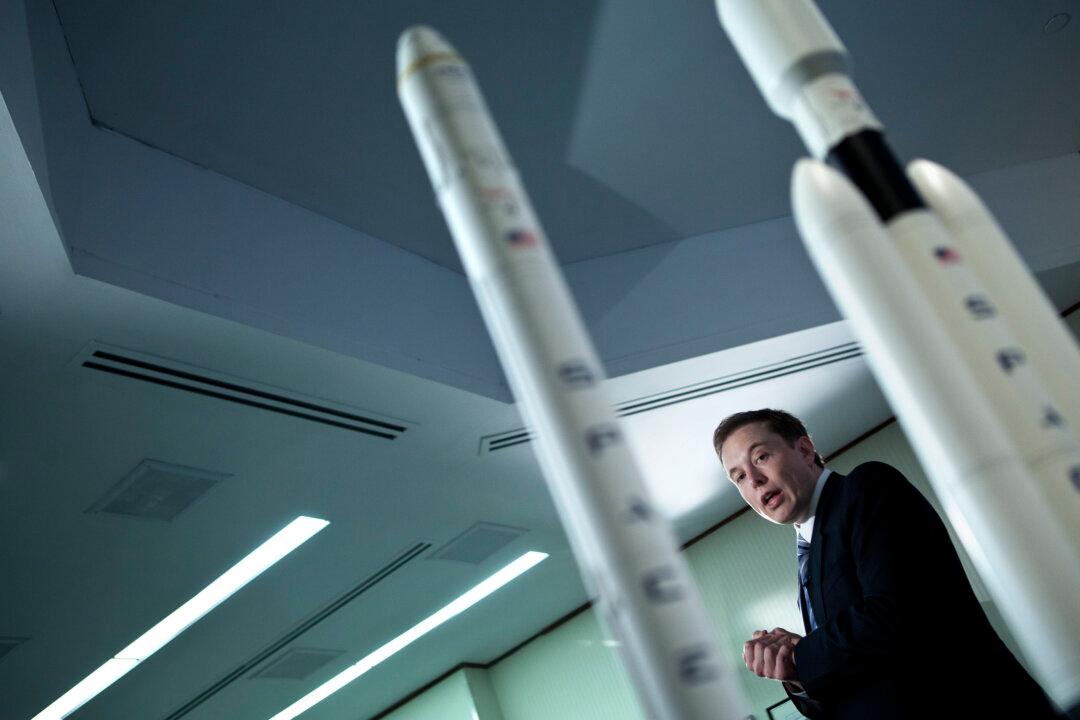In 2001, before Elon Musk had founded Tesla and SpaceX, he was one of the largest stakeholders in PayPal. The company hadn’t gone public yet, but Musk was already a hundred-millionaire on paper, and he acted like one.
In his new biography of Musk, Ashlee Vance details the tech magnate’s first (failed) attempt to send something to Mars.
That year, Musk attended a dinner held by the Mars Society — whose stated goal as the colonization of the red planet — dropped a $5,000 donation, and began establishing a network of space scientists he could consult on the question of space exploration.
Initially, Musk had no plans of founding a rocket company: he wanted to quickly reignite the public’s moribund interest in space exploration in an explosive PR coup.





